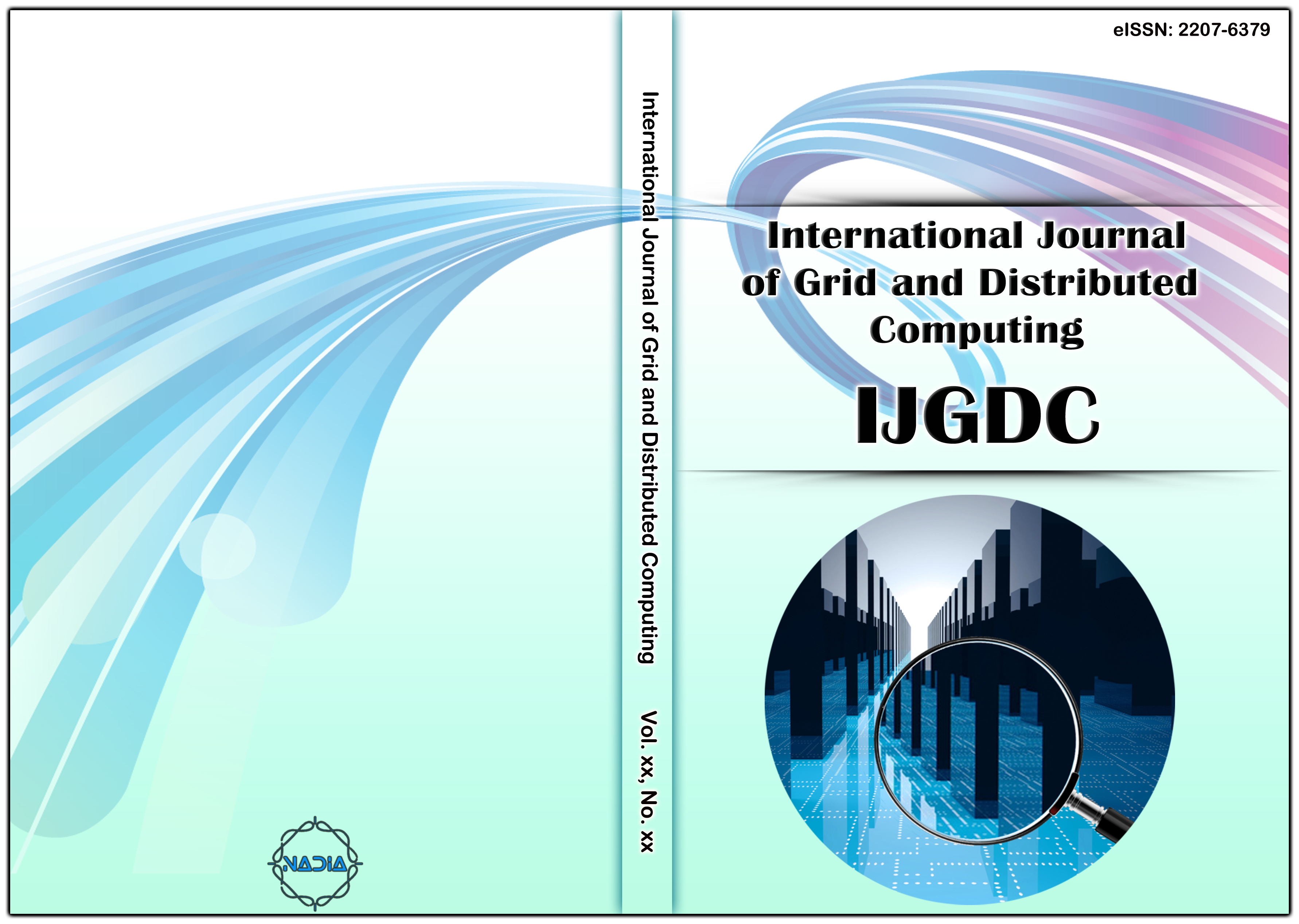[1] Ravikumar S, Fredimoses M. and Gnanadesigan M., “Anticancer property of sediment actinomycetes against MCF-7 and MDA-MB-231 cell lines”, Asian Pacific Journal of Tropical Biomedicine, 2012, pp.92-96.
[2] GBD Mortality and Causes of Death, Collaborators, “Global, regional, and national life expectancy, all-cause mortality, and cause-specific mortality for 249 causes of death a systematic analysis for the Global Burden of Disease Study”, Lancet, (2015), pp. 1459-1544.
[3] Axelrad JE, Lichtiger S. and Yajnik V, “Inflammatory bowel disease and cancer: The role of inflammation, immunosuppression, and cancer treatment”, World Journal of Gastroenterology, (2016), pp. 4794-801.
[4] Varricchio Claudette G, “A cancer source book for nurses. Boston”, Jones and Bartlett Publishers, (2004), pp. 229.
[5] Arnold M, Karim-Kos HE, Coebergh JW, Byrnes G, Antilla A, Ferlay J, Renehan AG, Forman D and Soerjomataram I., “Recent trends in incidence of five common cancers in 26 European countries since 1988”, Analysis of the European Cancer Observatory, European Journal of Cancer, (2013).
[6] Brown P. Nat Rev Clin Oncol, “Prevention: targeted therapy-anastrozole prevents breast cancer”, (2014), pp. 127-8.
[7] Colditz GA and Bohlke K, “Priorities for the primary prevention of breast cancer”, CA, Cancer Journal of Clinicians, (2014), pp. 186-94.
[8] Cuzick J, Warwick J, Pinney E, Duffy SW, Cawthorn S, Howell A, Forbes JF and Warren RM, “Tamoxifen-induced reduction in mammographic density and breast cancer risk reduction: a nested case-control study”, Journal of National Cancer Institute, (2011), pp. 744-52.
[9] Kai Sun, “Predicting disease associations via biological network analysis”, BMC Bioinformatics, (20140.
[10] J. Ihmels, “Revealing modular organization in the yeast transcriptional network”, Nature Genetics, (2002), pp. 370-377.
[11] A. Tong, “Global mapping of the yeast genetic interaction network”, Science, (2004), pp. 808-813.
[12] Fang Song, Tan Yang, Wang Yanxian, Chen Lin and Liu Yan, “Analysis of Covert Network Channel based On Two-stage Condensing Clustering of Density Multilayer”, International Journal of Future Generation Communication and Networking, (2016), pp. 141-148.
[13] Goh KI, Cusick ME, Valle D, Childs B, Vidal M and Barabasi AL, “The human disease network”, Proceedings of the National Academic Science, (2007), pp. 8685-8690.
[14] Goh KI, Cusick ME, Valle D, Childs B and Vidal M, “The human disease network”, Proc Natl Acad Sci U S A, (2007), pp. 8685-8690.
[15] C. Von Mering, “Comparative assessment of large-scale data sets of protein-protein interactions”, Nature, (2002), pp. 399-403.
[16] Barabasi AL, “Scale-free networks: a decade and beyond”, Science, (2009), pp.412-3.
[17] Barabasi AL and Oltvai ZN, “Network biology: understanding the cell’s functional organization”, Nat Rev Genet, (2004), pp. 101-13.
[18] Muhammad Arif and Faheem Zaffar, “Challenges in Efficient Data Warehousing”, International Journal of Grid and Distributed Computing, (2015), pp. 37-48.
[19] A. Jahanshir, “Short Review on Strong Interaction of Hadrons in Quark Cluster Model”, International Journal of Advanced Science and Technology, (2016), pp. 25-36.
[20] Mengxiong Zhou, Yanming Ye, Yizhi Ren and Yueshen Xu, “Collaborative Learning Group Formation with Density Clustering”, International Journal of Grid and Distributed Computing, (2016), pp. 117-126.
[21] Shalu Sharma, “Hybrid Clustering and Classification”, International Journal of Advanced Research in Computer Science and Software Engineering, (2015), pp. 222-225.
[22] Mohammad Shabbir Hasan, “Hierarchical k-Means: A Hybrid Clustering Algorithm and Its Application to Study Gene Expression in Lung Adenocarcinoma”, Emerging Trends in Computational Biology, Bioinformatics and Systems Biology, (2015), pp. 51-67.
[23] Saima Bano and M. N. A. Khan, “A Survey of Data Clustering Methods”, International Journal of Advanced Science and Technology, (2018), pp. 133-142.
[24] Jianhui Song, Xuefei Li and Yanju Liu, “An Optimized k-means Algorithm for Selecting Initial Clustering Centers”, International Journal of Security and Its Applications, (2015), pp. 177-186.
[25] Gao Jie, Wang Jia and Zhou Yang, “Low Frequency Oscillation Modal Parameter Identification Based on NExT-ERA and Fuzzy Clustering”, International Journal of Control and Automation, (2016), pp. 309-322.
[26] Yuan Zhou, Hong-Fu Zuo and Jun He, “Aero-engine Fault Diagnosis Using a Feature Weighting Fuzzy Clustering Algorithm”, International Journal of Control and Automation, (2017), pp. 161-168.
[27] J. Z. C. Lai, T. J. Huang and Y. C. Liaw, “A fast k-means clustering algorithm using cluster center displacement”, Pattern Recognition, (2009), pp. 2551-2556.
[28] Gurjit Singh, “Implementation of Hybrid Clustering Algorithm with Enhanced K-Means and Hierarchal Clustering”, International Journal of Advanced Research in Computer Science and Software Engineering, (2013), pp. 608-618.
[29] R. Xu, D. Wunsch A. Jain, M. Murty and P. Flynn, “Data clustering: A review”, ACM Computing Surveys, (19990, pp. 264-323.
[30] Ganglong Duan, Wenxiu Hu and Zhiguang Zhang, “A Novel Multilayer Data Clustering Framework based on Feature Selection and Modified K-Means Algorithm”, International Journal of Signal Processing, Image Processing and Pattern Recognition, (2016), pp. 81-90.
[31] Zhao Hongwei and Tian Liwei, “Cooperative Approaches to Bacterial Foraging Algorithm for Clustering”, International Journal of Database Theory and Application, (2015), pp. 81-90.
[32] Chen Ning and Zhang Hongyi, “An Optimizing Algorithm of Non-Linear K-Means Clustering”, International Journal of Database Theory and Application, (2016), pp. 97-106.
[33] Ye Ping, “Fuzzy K-means algorithms based on membership function improvement Changchun”, Institute of Technology(Natural Sciences Edition), (2007).
[34] Xian-wei Zhang and Jinjin Liang, “Multiple Smooth Support Vector Machine with FCM Clustering in Hidden Space”, International Journal of Grid and Distributed Computing, (2016), pp. 129-136.
[35] Rappaport N, Twik M, Plaschkes I, Nudel R, Iny Stein T, Levitt J, Gershoni M, Morrey CP, Safran M. and Lancet D., “MalaCards: an amalgamated human disease compendium with diverse clinical and genetic annotation and structured search”, Nucleic acids research, (2016), pp. D877-87.
[36] Hopkins, Brian and Skellam, John Gordon, “A new method for determining the type of distribution of plant individuals”, Annals Botany Co, (1954), pp. 213-227.
[37] W. M. Rand, “Objective criteria for the evaluation of clustering methods”, Journal of the American Statistical Association, (1971), pp. 846-850.
[38] Ferraro M. B. and Giordani P., “A new fuzzy clustering algorithm with entropy regularization”, Proceedings of the meeting on Classification and Data Analysis (CLADAG), (2013).
